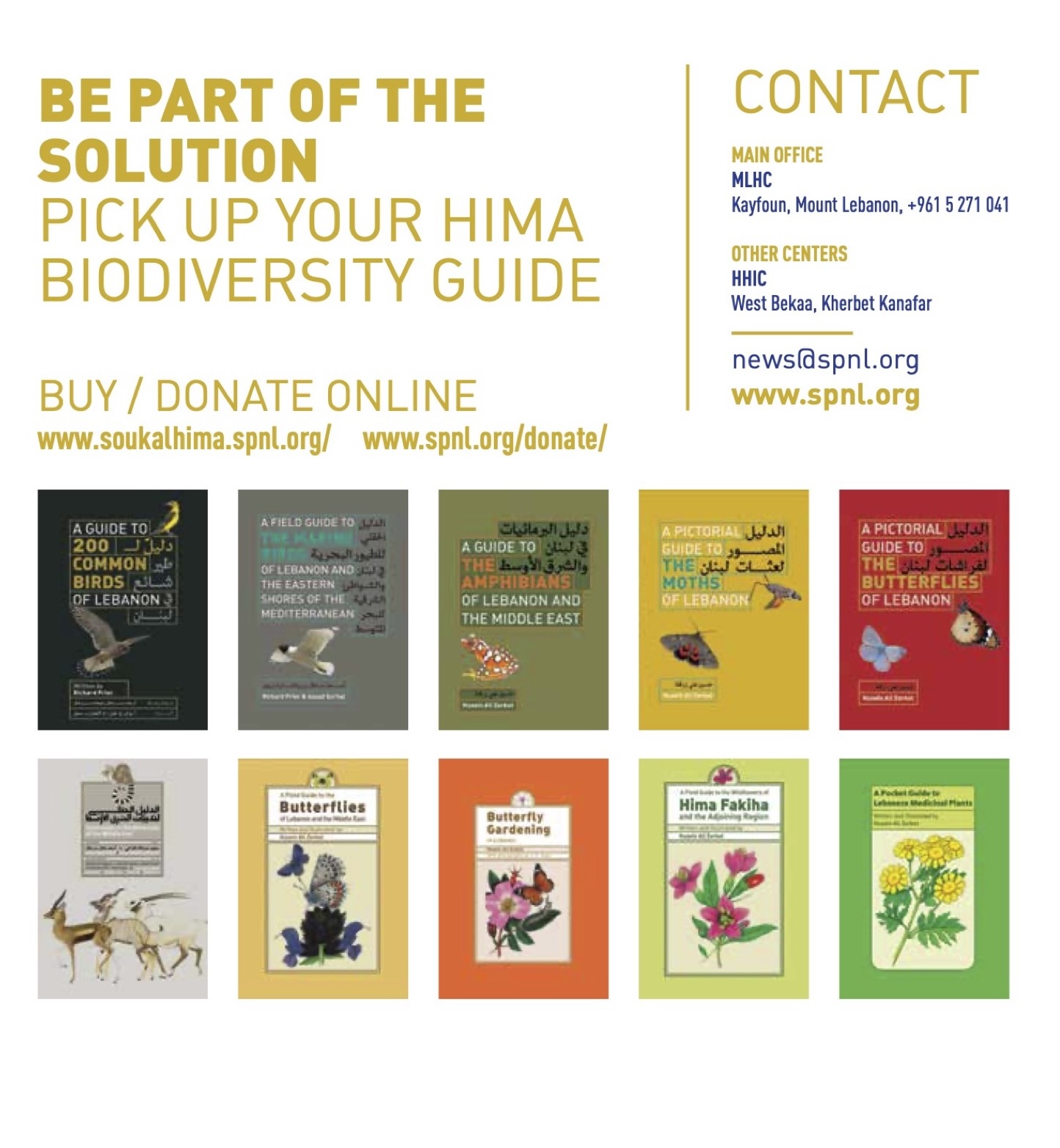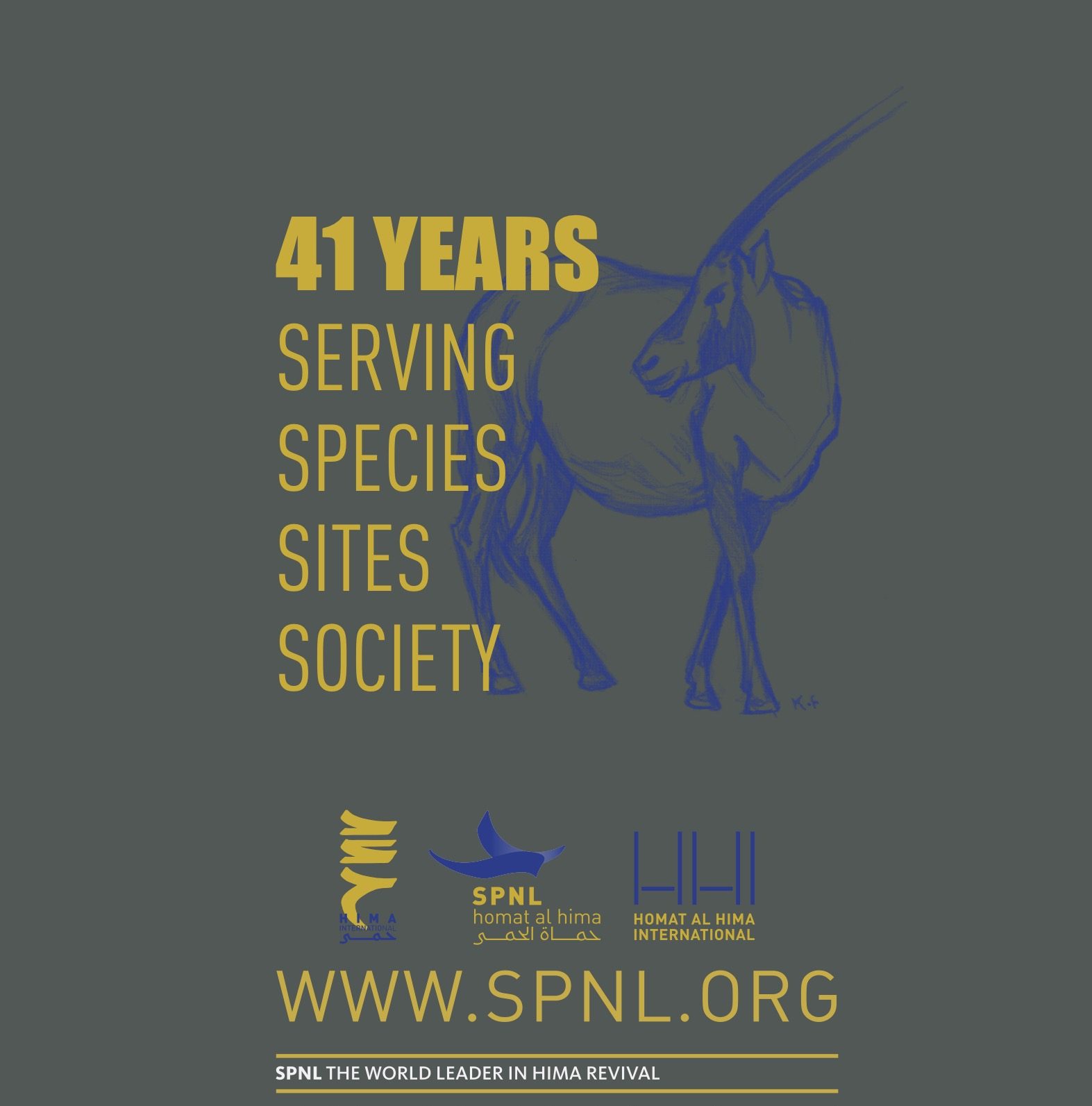By Assad Serhal
In the heart of Mount Lebanon, a landmark environmental initiative is taking shape. Lebanon’s first officially designated Higher Matn Natural Park is now emerging, driven by the historic Hima conservation approach and backed by broad collaboration between municipalities, national institutions, and civil society.
SPNL on the Ground: Leadership, Vision, Momentum
At the invitation of Mayor Bassam Anwar Makarem and the Maten Environment and Sustainable Development Association (MESD), I met today with local leaders and the Union of Upper Metn Municipalities, chaired by Mr. Karim Sarkis. Our discussion culminated in the decision to form a dedicated task force to support and guide the Upper Metn Park initiative, in close coordination with SPNL.
Following the meeting, and accompanied by Mr. Jawad Noueihed, Mr. Rafic Makarem, from MESD, I toured several key sites in Ras El Matn. These included the “Lebokra” artisanal hub, ongoing improvements within the Ras El Matn Hima—such as new walking trails, a restored water pond, and an elderly-friendly public square. The day concluded with strategic planning sessions alongside Mayor Makarem, laying the groundwork for the next phase of environmental and community-based development in the region.

These efforts connect to SPNL’s national momentum towards establishing a legal and institutional framework guided by Lebanon’s Protected Areas Law 130/2019, as well as the Environmental Charter for Sustainable Development. Five Himas in Upper Metn have already joined the Park Charter, demonstrating community readiness.

Reviving a Centuries‑old Conservation Practice
The Hima model—a traditional Arabian system for community-led stewardship of natural resources—has been revitalized by SPNL to empower municipalities and local communities in managing forests, wildlife, and waterways sustainably.
At Ras El Matn, a mosaic of oak, pistachio, and juniper forests supports diverse wildlife including red foxes, mongoose, golden jackals, wild boars, and migratory species—while its slopes host vibrant butterfly populations. The site was declared a Hima in 2018, in recognition of its ecological significance, especially as a migratory flyway for nearly 40 bird species.

Academic Partnerships & Environmental Education
In May 2025, second‑year science students from the Lebanese University conducted a guided field trip through Ras El Matn Hima, identifying wildlife tracks and learning traditional ecological knowledge—bridging theory and practice. These educational efforts are part of SPNL’s broader School with No Walls initiative, fostering ecological awareness in rural communities.


Stitching a National Park, Hima by Hima
SPNL’s ambitious vision for 2025 anticipates linking multiple Himas—including Ras El Matn, Abadiyah, Kornayel, and Btekhnay—into a unified natural park framework, stretching across 70 km² along the Beirut River Valley. The project, initiative, aims to establish Lebanon’s first natural park that integrates ecosystems, communities, and cultural landscapes.
With the support of the European Union through the BioConnect project, and the Swiss Agency for Development and Cooperation (SDC), we are working to conserve biodiversity, strengthen ecosystem services, and promote sustainable community development in the Upper Beirut River Valley.
This integrated initiative involves establishing new Himas, advocating for the designation of Lebanon’s first Natural Park, conducting biodiversity assessments, and developing management plans. Community-based actions address pressing environmental issues, including reforestation of buffer zones, water quality and quantity monitoring, improved solid waste management, and curbing illegal hunting.
Through environmental education, awareness campaigns, and active stakeholder engagement, the project aims to build long-term environmental stewardship and enhance the quality of life for local communities across the valley.
Community Engagement in Action
At a catalyzing exhibition titled “Stitching Lebanon’s First Natural Park, One Hima at a Time”, community leaders, municipal representatives, and environmental advocates underscored the value of placing decisions in the hands of local actors. The approach emphasizes biodiversity protection alongside local development, echoing SPNL’s long-term mission to empower communities.
In 2025, the municipalities of Al-Abadiyah, Kornayel, and Btekhnay officially joined Lebanon’s growing national Hima network, marking a significant step forward in community-based conservation. With technical guidance from the Society for the Protection of Nature in Lebanon (SPNL), these towns adopted the Hima approach to sustainably manage and protect their local natural heritage—ranging from forested highlands and traditional agricultural lands to critical water sources and wildlife corridors.
By joining the network, these municipalities committed to fostering environmental stewardship, supporting biodiversity, and integrating local knowledge and participation into natural resource governance. Their inclusion not only strengthens the ecological connectivity of the Upper Metn region but also reinforces Lebanon’s position as a regional leader in reviving the Hima model for the benefit of both nature and people.
SPNL’s 2025 Strategic Goals
SPNL’s long‑term strategy includes expanding the Hima network, training Hima Guardians, promoting eco‑tourism trails, supporting women-led livelihoods under Souk Hima, and transforming SPNL’s Hima center into a biodiversity hub. Through local stewardship and cultural heritage engagement, the natural park holds the promise of environmental resilience and regional revitalization.
A Collaborative Future
With formal endorsement underway—from the Ministry of Environment under Minister Tamara Zein, and international partners like the Swiss Embassy, SDC, EU BioConnect, SRT, and HWF—the project is slated for launch in September 2025.
I extend heartfelt thanks to our partners—SPNL, MESD, municipal leaders, and supporters from community to government. Lebanon’s path toward its first natural park is not just about conserving nature—it’s about weaving communities into its landscape, honoring tradition, and inspiring a sustainable legacy.






